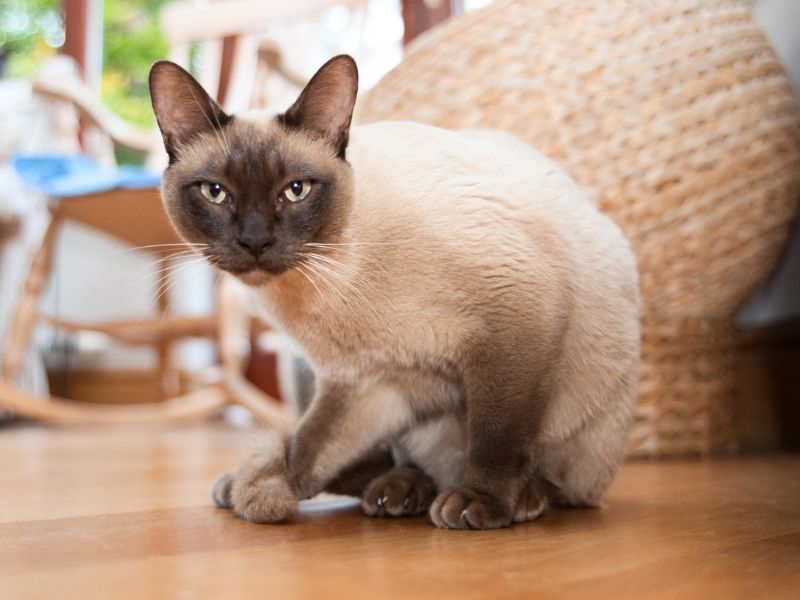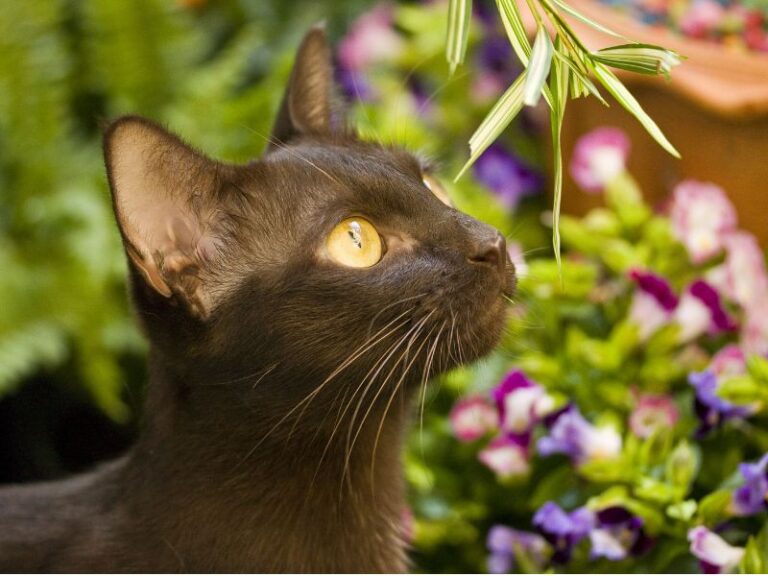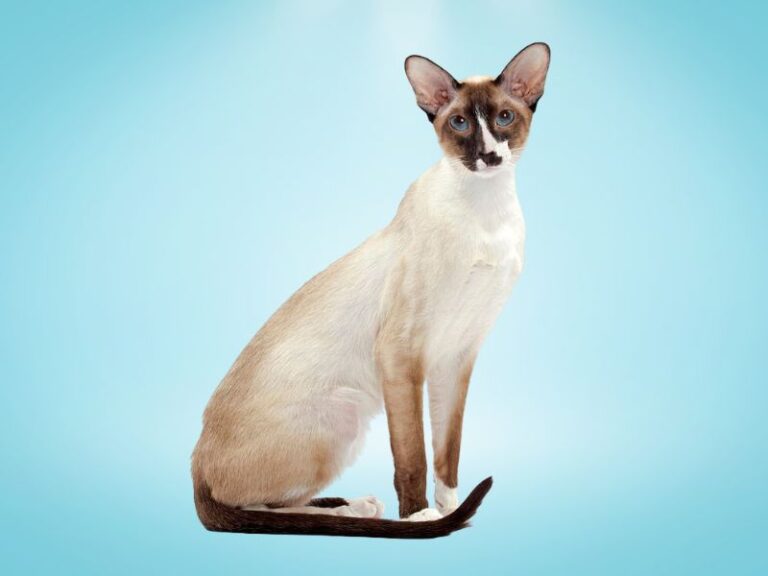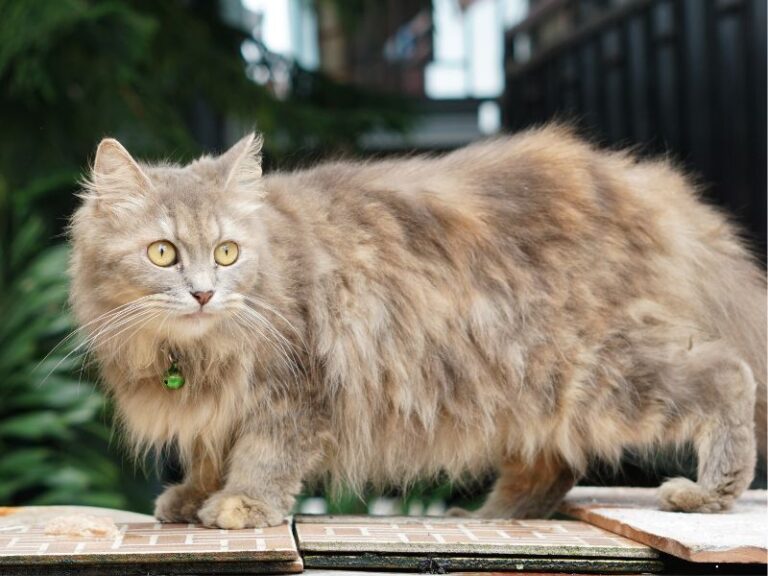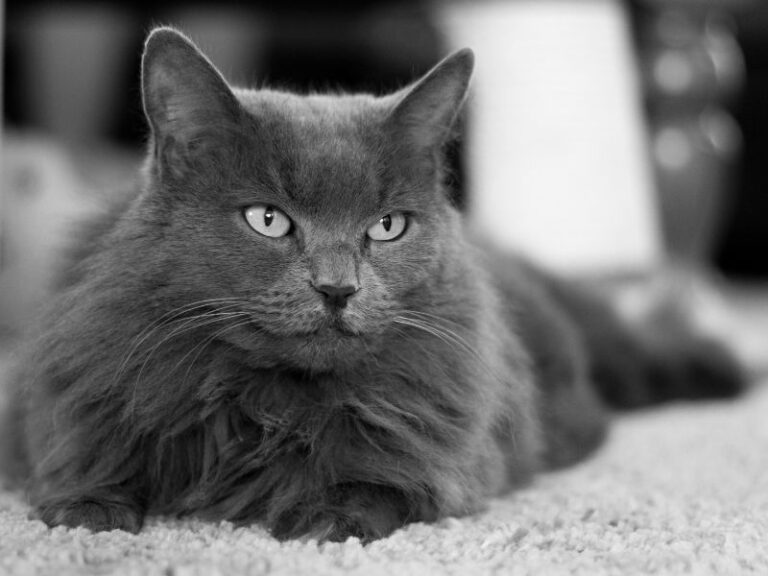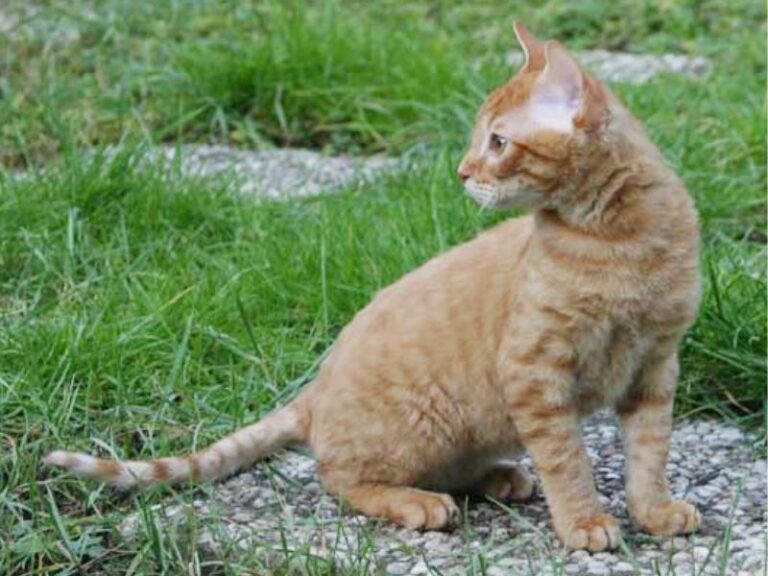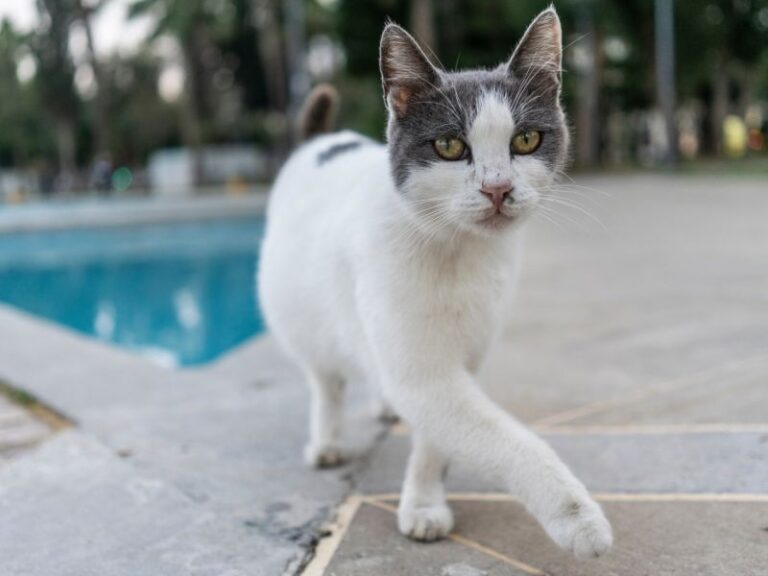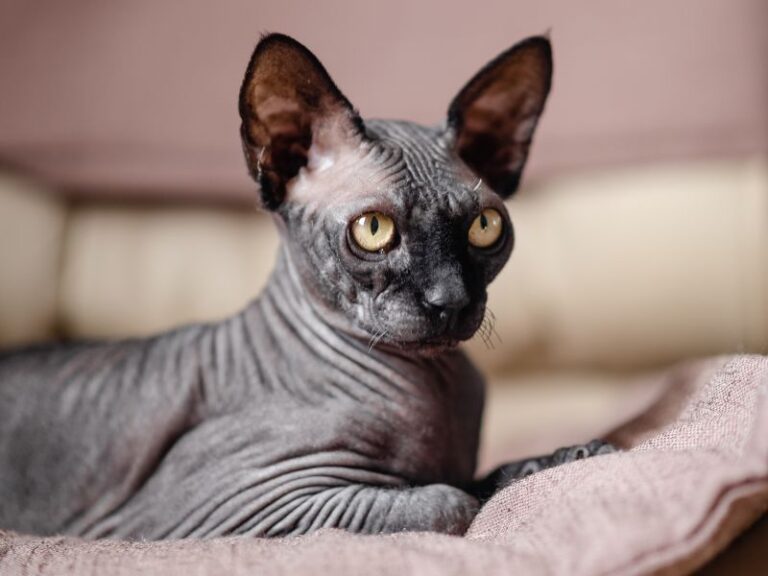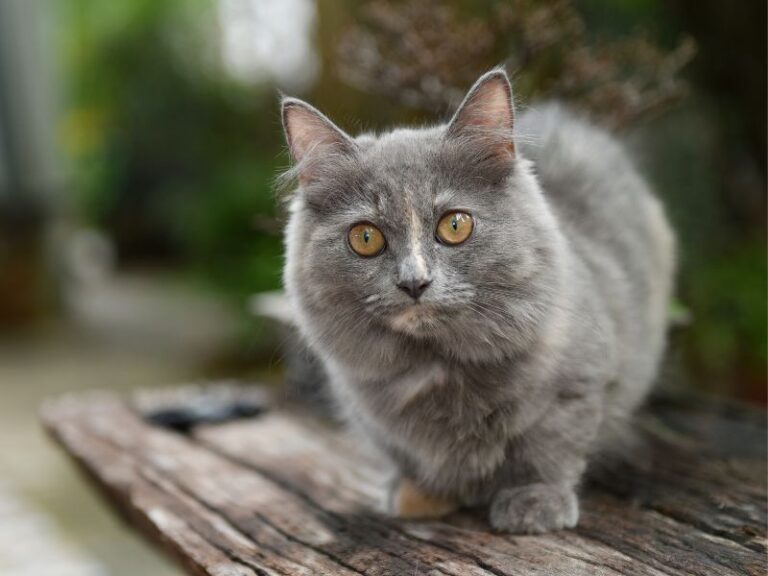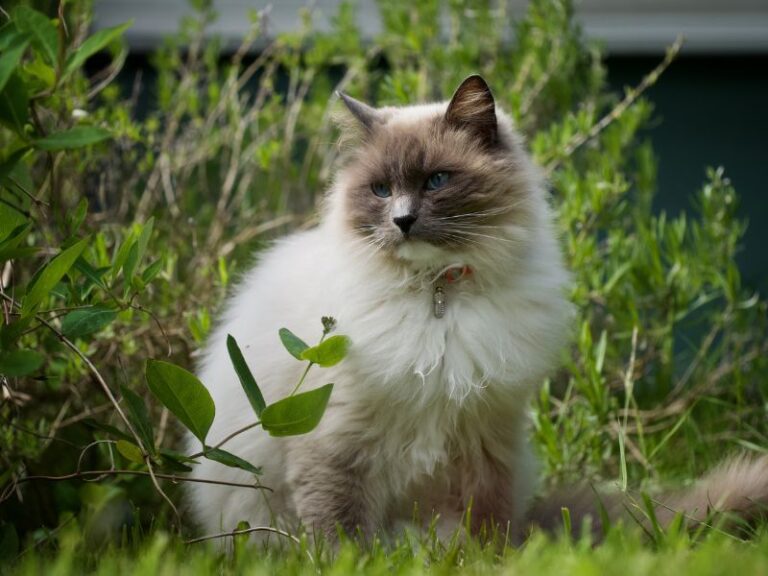Table of Contents
ToggleThe Tonkinese cat, a captivating and affectionate feline, has been stealing hearts since its creation in the 1960s. This delightful breed is a cross between the Siamese and Burmese cats, resulting in a charming combination of their best traits. With their striking appearance, friendly nature, and playful demeanor, Tonkinese cats have become beloved companions in households around the world. In this comprehensive guide, we will delve into the origins, physical characteristics, lifespan, temperament, and care requirements of the Tonkinese cat, showcasing why they have become such a popular choice among cat lovers.
Tonkinese Cat Origin
The history of the Tonkinese cat can be traced back to the early 1960s when breeders in the United States and Canada sought to create a cat that combined the elegance of the Siamese with the solid body of the Burmese. The goal was to develop a breed that possessed the best of both worlds – the stunning blue eyes and point coloration of the Siamese and the silky coat and warm personality of the Burmese.
It all started when a Siamese cat and a Burmese cat were accidentally bred, resulting in kittens that showed unique characteristics of both parent breeds. Intrigued by the charming appearance and sweet temperament of these accidental offspring, breeders began to intentionally cross Siamese and Burmese cats to establish a new breed. The name “Tonkinese” is a homage to the Tonkin region in Southeast Asia, where both the Siamese and Burmese cats were believed to have originated.
Tonkinese Cat Physical Characteristics
Tonkinese cats are medium-sized felines with a distinctive appearance. They boast a sleek, muscular body, combining the elegance of the Siamese and the robustness of the Burmese. Their coats come in various colors, including seal, blue, chocolate, lilac, and more, and are adorned with captivating points on the ears, face, paws, and tail. One of their most enchanting features is their mesmerizing almond-shaped eyes, which can be blue, green, or even aqua, depending on the color of their coat.
The Tonkinese cat’s coat is short, fine, and satin-like, requiring minimal grooming compared to some other long-haired breeds. Their coat color is a beautiful contrast to their points, creating a striking appearance that is both alluring and elegant. Additionally, Tonkinese cats have an athletic build, giving them a graceful and agile presence.
Tonkinese Cat Lifespan
On average, Tonkinese cats have a lifespan of 12 to 16 years, though with proper care and a healthy lifestyle, some have been known to live even longer. As with any pet, a Tonkinese cat’s lifespan can be influenced by factors such as genetics, diet, exercise, and regular veterinary care. It is essential to ensure that your Tonkinese cat maintains a healthy weight, receives necessary vaccinations, and has regular check-ups to monitor their overall health.
Tonkinese Cat Temperament
Renowned for their outgoing and affectionate personalities, Tonkinese cats thrive on companionship and interaction. They are social creatures who love being the center of attention, making them ideal pets for families and individuals alike. Tonkinese cats are known to form strong bonds with their human companions and can be quite vocal, expressing their desires and opinions through a delightful range of chirps, trills, and meows.
Their playful and intelligent nature means they enjoy interactive toys and puzzles that challenge their minds. Additionally, they are adept at learning tricks and commands, making them an enjoyable breed to train and interact with. Many Tonkinese owners find that their cats enjoy playing fetch or engaging in games of hide-and-seek, showcasing the breed’s energetic and inquisitive traits.
Tonkinese Cat Care Requirements
Caring for a Tonkinese cat involves a few essential considerations to ensure their well-being and happiness:
- Grooming: The short, silky coat of a Tonkinese cat is relatively low-maintenance. Regular brushing is usually sufficient to keep their coat in top condition and to minimize shedding. Additionally, providing a scratching post can help keep their nails trim and prevent them from scratching furniture.
- Diet and Nutrition: Providing a balanced diet that meets their nutritional needs is vital for their overall health. Tonkinese cats can have hearty appetites, so it is essential to monitor their food intake to prevent overeating and obesity. Consult your veterinarian to determine the appropriate type and amount of food for your feline friend, and ensure they always have access to fresh water.
- Healthcare: Regular veterinary check-ups are crucial to monitor their health and address any potential issues early on. Vaccinations, parasite control, and dental care should also be part of their routine healthcare regimen. As they are prone to dental issues, providing dental treats or incorporating tooth brushing into their routine can help maintain good oral health.
- Exercise and Play: Tonkinese cats are active and playful by nature, so it’s essential to provide them with ample opportunities for physical activity. Interactive toys and play sessions are great ways to keep them mentally and physically stimulated. Consider creating an enriching environment for your Tonkinese cat with climbing structures, puzzle feeders, and interactive toys to satisfy their curious nature.
Final Words
In conclusion, the Tonkinese cat is a captivating and delightful breed that exudes elegance and charm. Their Siamese-Burmese heritage gifts them with striking physical characteristics and a friendly, affectionate temperament, making them an ideal choice for families and individuals seeking a loving and engaging feline companion. With proper care, attention, and devotion, a Tonkinese cat can be a loyal and cherished member of your family for many years to come.
So, if you are ready to experience the joy and love that a Tonkinese cat brings, consider welcoming one into your home, and you’ll find yourself with a devoted and entertaining friend by your side. Remember that every Tonkinese cat is unique, and understanding their individual needs and preferences will help strengthen the bond between you and your feline companion. Embrace the journey of discovering the quirky and endearing traits of this remarkable breed, and you’ll be rewarded with a lifelong friendship filled with love, laughter, and delightful surprises.
FAQ
Are Tonkinese cats expensive?
Tonkinese cats are affectionate and make loving additions to many homes and families. While purebred Tonkinese cats are relatively uncommon, they can be obtained from reputable breeders at a cost ranging from $600 to $1,200.
What is eye color tonkinese cat
Tonkinese cats’ eye color is linked to their coat color and pattern. Mink Tonkinese display aqua-hued eyes, point Tonkinese generally have blue eyes, while solid Tonkinese cats possess green eyes.
Are Tonkinese cats vocal?
Yes, Tonkinese cats are known for being quite vocal and expressive. They may “talk” to their owners with a range of sounds, including chirps, trills, and meows, to communicate their desires and emotions.
Are Tonkinese cats easy to train?
Yes, Tonkinese cats are generally intelligent and receptive to training. They can learn tricks and commands with patience and positive reinforcement.
Do Tonkinese cats get along well with other pets?
Tonkinese cats are usually sociable and can get along well with other cats and cat-friendly dogs. Proper introductions and gradual acclimation are essential for a harmonious multi-pet household.
Should I get more than one Tonkinese kitten?
While Tonkinese kittens can thrive as single pets, having a companion can provide additional socialization and play opportunities. If you are considering getting more than one kitten, ensure they are introduced properly and have enough space and resources to coexist peacefully.

